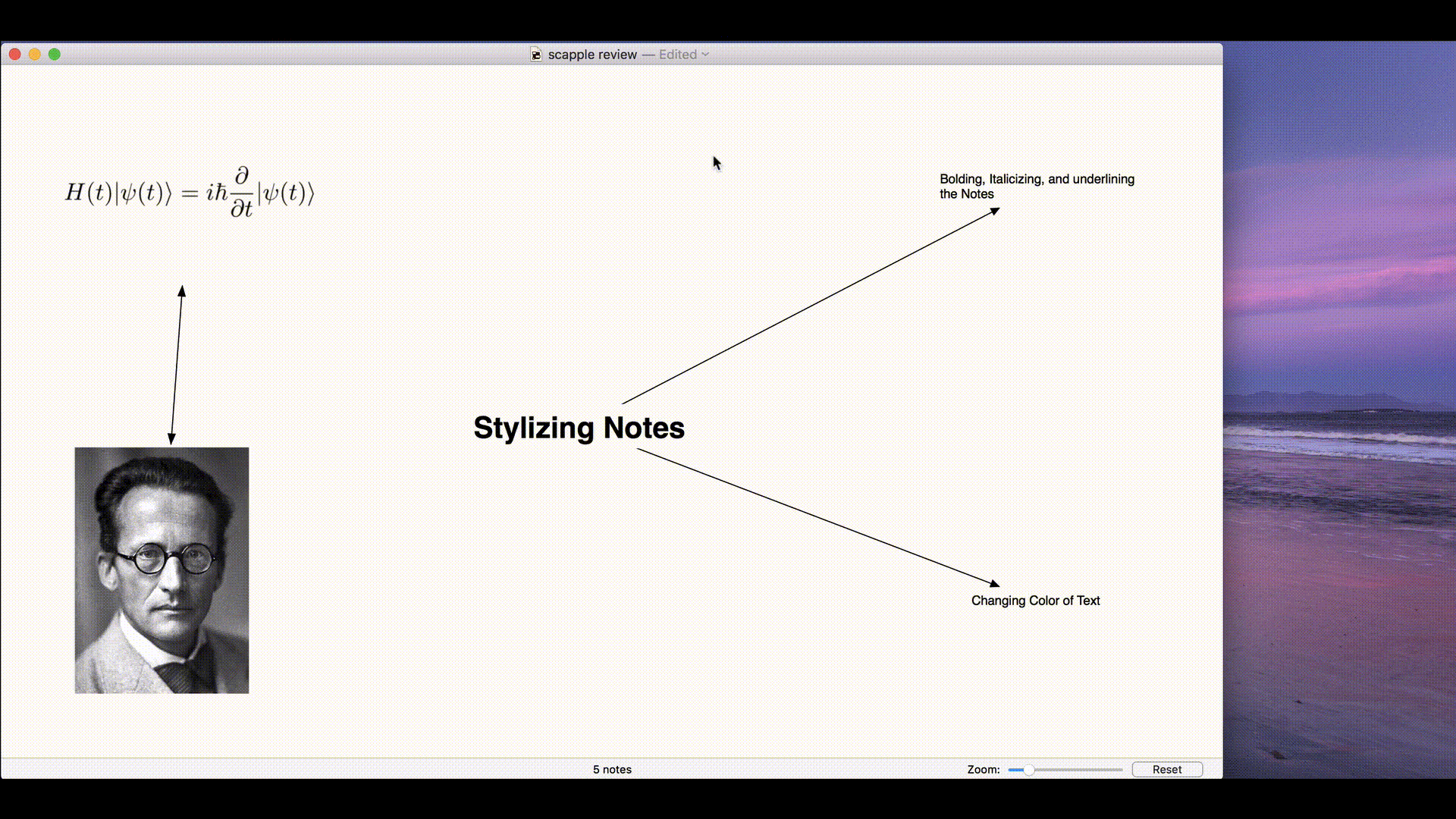
In such cases, you might still be able to figure out what you were working on via the "Details" screen. There are some apps that simply offer no way whatsoever to extract path information from them. Could that also explain what you are seeing? (You can change that setting in Timing’s preferences, see “Wrap days at”.)Įven after following the steps above, Timing does not seem to record paths for a particular application. 11pm), Timing will show any time before that as belonging to the previous day. If you set that time to be very late (e.g. Timing has a setting where it can let days start at a specific time of day.You can quit it by clicking the menu item itself, then restart it from the 'Timing' menu of the main app. Try restarting the Timing tracker app.Make sure that the activity is not filtered out by your filter selection in the toolbar.Make sure that the activity is not filtered out by your project selection in the sidebar.Make sure that you have allowed AppleScript tracking for Timing.Make sure that you have allowed Accessibility support for Timing.If in doubt, try removing all exclusion list rules to see if that helps. Make sure that the activities in question are not covered by the exclusion list.Make sure that the "Disable tracking on weekends" setting in Timing's menu item preferences is turned off.Timing won't track any activity outside the hours specified there. Make sure that the "Track only between" setting in Timing's menu item preferences is turned off or set to a reasonable value.If it isn't, you can start it via the main app's Timing menu and let it start automatically when you log in. Make sure that the helper menu item is running and tracking has not been paused.If in doubt, "Past 90 Days" is a good choice. Make sure that you have selected a date range (in the picker at the top of the window) for which Timing should have tracked data.Normally, Timing should be able to track activities in all apps - even if Timing doesn't support tracking document paths in a particular app, it should still track the app's name and window title.īut if some activities seem to be missing, please check the following: It seems like Timing didn't track some activities. Timing respects your privacy and you can disable tracking at any time. How about privacy? Can I disable tracking for some activities? Timing's activity database has also been optimized to consume as little storage as possible, growing by just a few megabytes per month. You can verify that yourself by checking the "Energy" tab in your Mac's "Activity Monitor" app. In addition to that, the tracker app usually consumes less than 50 megabytes of system memory.Īccordingly, Timing should also have negligible impact on your Mac's battery life. Although it tracks your activity every second, the tracker app's average CPU usage is less than 0.5%.
#Scapple edit default mac
Much care has been taken to ensure that Timing's tracking will not slow down your Mac in any way. If you would like to "fill gaps" resulting from app switching or inactivity, have a look at creating time entries via the timeline or via the Entry-O-Matic.ĭoes Timing slow down my Mac or cause battery drain? no mouse and keyboard usage), Timing will automatically suspend tracking. So when you switch apps, Timing will start tracking time for the app you switched to instead.Īfter a configurable delay of inactivity (i.e. Apps running in the background are not recorded. Once per second, Timing automatically records the window title and document path or URL (if available) of the active window, i.e.

How does Timing track my time? Does it only track the active app?

#Scapple edit default windows
If you need more detailed tracking inside Windows VMs, have a look at Timing alternatives for Windows.

#Scapple edit default trial
However, we still recommend to download the free trial and see for yourself. If you are using "Coherence" mode, though, Timing should at least be able to track individual apps and window titles. Timing can't cross the VM boundary, so tracking individual files edited in Parallels VMs.


 0 kommentar(er)
0 kommentar(er)
